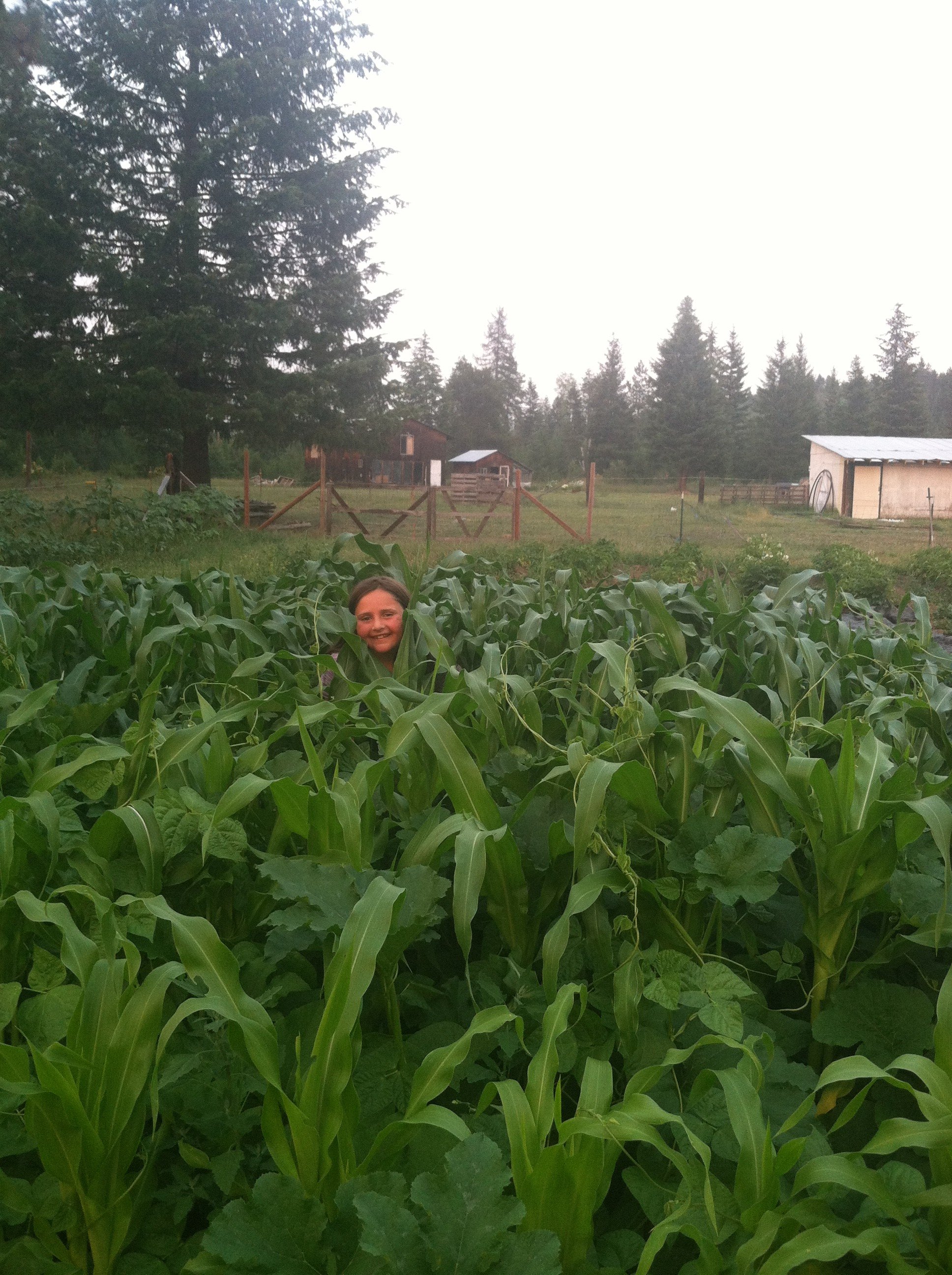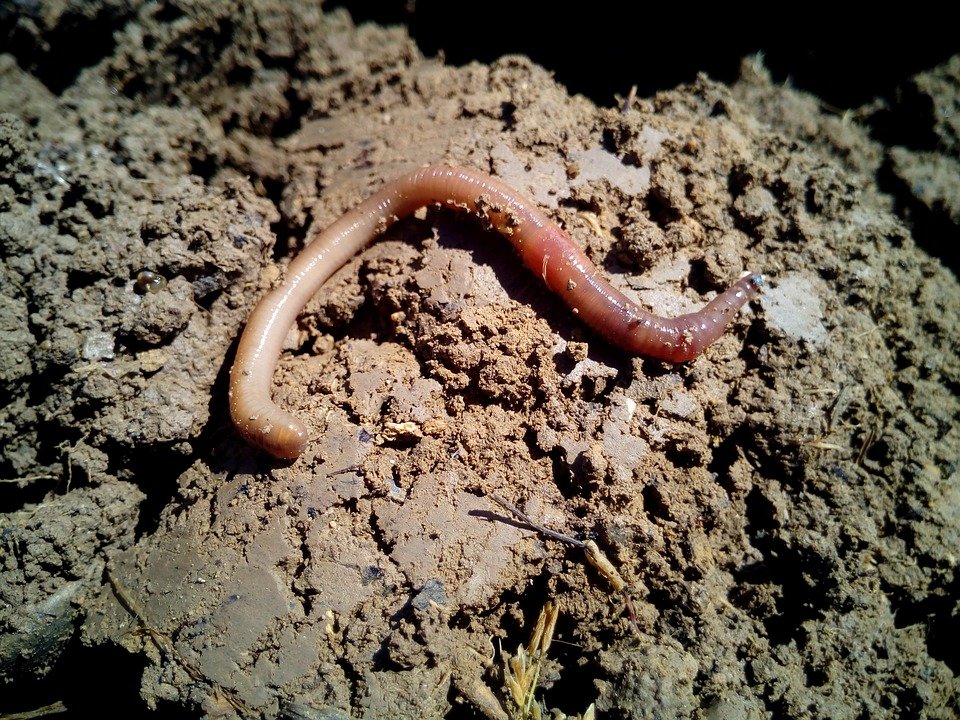The Worm Bucket
A couple of years ago my little girl went through a phase where she wanted to earn as much money as she could by working for our neighbor. Our neighbor was going through a "purge the clutter" phase, so naturally many artifacts found their way into our home and storage sheds as the cleaning-for-work phase progressed. One such artifact was the worm bucket.
Our neighbor would periodically try new homesteading things, and vermiculture was one of those trials.
Vermiculture: the cultivation of annelid worms (as earthworms or bloodworms) especially for use as bait or in composting
I walked into my kitchen one day, and noticed that there was a gigantic plastic cat litter bucket under my sink. As our house is handicap accessible, the underside of my kitchen sink is wide open for all to behold. It looked super sexy with a giant Tidy Cats kitty litter bucket underneath my sink. That yellow really coordinated well with my curtains.
"What is in that bucket, Izzy?" I asked my daughter.
"That bucket is my worm farm!" She squeaked.
Oh Lord, I thought to myself. I've had every creature from pig to goat in my house at one time or another. At least the worms were in a bucket, so that should contain the mess, unlike the house rabbit experiment.
She went on, "I just have to feed them kitchen scraps and they will grow and multiply. You can use the worm casings for compost and I can sell the extra worms to other people!"
How could I crush such entrepreneurial excitement?
"Well, they are your responsibility." I replied drolly.
For the first few weeks everything progressed quite nicely in worm land. Izzy faithfully fed and kept her worms habitat moist. Even I had to admit that the bucket of red wrigglers didn't stink, and I eventually forgot that they were even hanging out in the house.
A few months went by, and I asked Izzy one day, "How are your worms, are you ready to remove some now?"
The child took on a pale cast to her features.
"I forgot to feed my worms." she wailed in despair.
"Don't!" I shouted, but it was too late.
To describe the foul smell that emanated from the neglected worm habitat would take more prowess in the adjective department than I currently possess, at least at this point in time after dealing with a drunken patron, an abandoned child, and driving some children through a blizzard this evening. Let's suffice to say that worm farms, while low maintenance, do require some continued care lest they dissolve into a bucket of nose-killing horror in the smell department. The resultant slime complete with a cherry on top in the form of a molded piece of bread was tossed unceremoniously on top of the compost pile in the barn yard.
I kind of miss that neon yellow cat litter bucket.
A few notes on vermiculture:
Red Worms (Eisenia fetida) are the species of choice for recycling food waste.
They are really easy to care for, their only requirements are: a dark habitat, food, moisture, and oxygen.
A pound of worms (about 1,000) will eat two pounds of food a day!
In the end, Izzy was pretty devastated that she killed her worms out of sheer neglect. I think the whole project was a good lesson in both humility and responsibility, and we haven't ventured into the realm of vermicomposting again, with the exception of the thousands of the creatures that inhabit my gigantic barnyard compost piles.

worm compost and tea can help you grow corn and squash like this.....no comment on the child "growth"
Links to explore regarding vermiculture and vermicompost:
vermicompost wiki
How to build your own vermiculture bin!
wormpoop.com-A good overview, and they discuss worm tea,but honestly I just like the name of the site.
There are also A LOT of Youtube videos on the subject!
And as always, the image in this post, with the exception of the one cited, was taken on my worm fecal matter covered iPhone.

